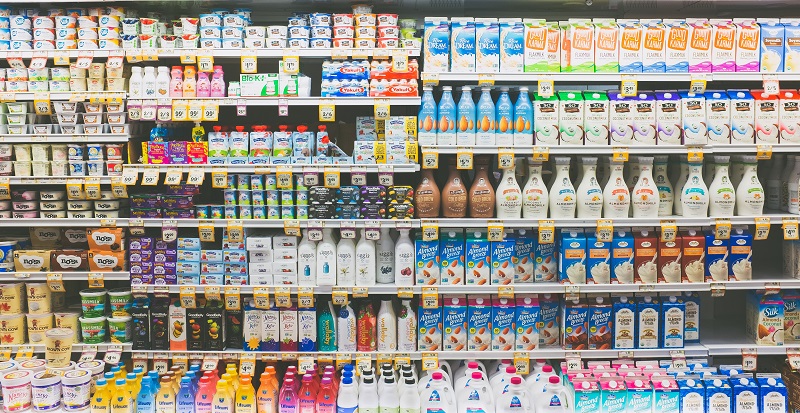ERP for food processing: Why industry-specific technology matters

The food processing industry offers some unique challenges due to its complex supply chain, demanding customers, and a combination of risk factors. Food processing businesses must meet demands that depend on farmers, processors and factories, distribution centers, and even the retail shelves where consumers find their products. They must also face compliance requirements with a growing number of strict and important regulations that keep consumers safe.
Food processors can’t afford for that value chain to break down or for their process to fall short of compliance. And keeping everything in balance requires strict processes, clear visibility, and the right technology. That’s why industry-specific technology solutions, like those built on top of a solid foundation like Microsoft Dynamics 365 applications, are critical in today’s environment.
Let's look in more detail at why food processing businesses need operational solutions that fit their unique requirements to maintain a competitive edge and satisfy customers.
It reduces workarounds
When a solution doesn’t allow your team to perform required tasks out of the box, those employees will find other ways to accomplish those tasks. Those workarounds add up, reducing your team’s productivity with tasks that should be integrated into their ERP solution.
This notion is applicable to any subset of the food manufacturing industry, but let’s take for example the requirements of the confectionery industry. The chocolates, candies, and cakes in your pantry are stamped with terms like Sell By, Use Before, Use By, Fresh Before, Best if Used By, and Best if Sold By, right? This label indicates the peak quality of the product. However, most consumers think that this date is associated with the quality expiration ...
FREE Membership Required to View Full Content:
Joining MSDynamicsWorld.com gives you free, unlimited access to news, analysis, white papers, case studies, product brochures, and more. You can also receive periodic email newsletters with the latest relevant articles and content updates.
Learn more about us here